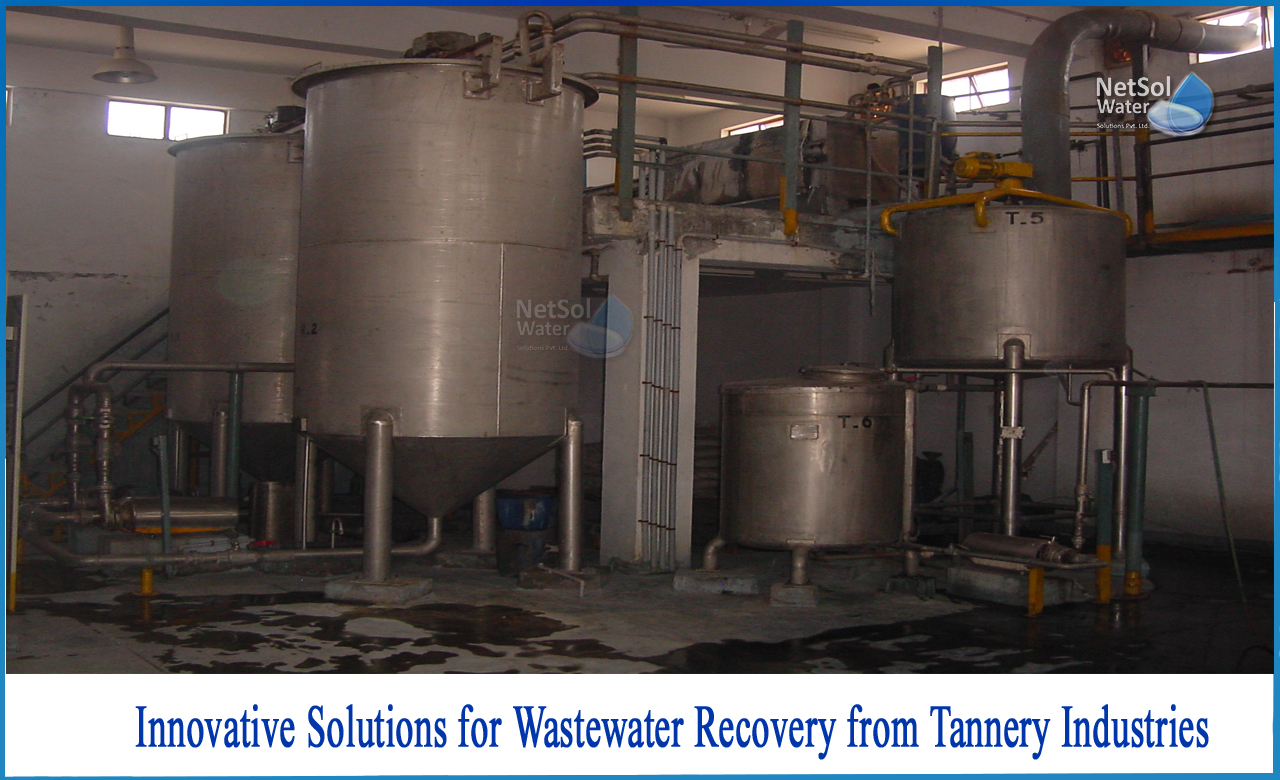What are Solutions for Wastewater Recovery from Tannery Industries?
The tannery industry is one of the World's largest. It is one of India's top ten foreign exchange earners and the world's second-largest producer after China. India exports leather items valued $5.5 to $6 billion every year.
However, as a result of the epidemic, the industry has lost $1.5 billion in exports, with no idea how this can be regained. With the industry already feeling the consequences of the lockout, we at Netsol Water Solutions have devised a fool-proof approach to help them get back on their feet.
Need of proper wastewater treatment in tannery industry
1: Increased water use leads to increased gas emissions by plants, which contribute significantly to environmental degradation. Because vast amounts of water is utilized in the production of leather, conserving water in the tannery business is more vital than ever.
2: Cow, buffalo, goat, and sheep hides are utilized as raw materials in the creation of leather, and they go through various stages of tanning.
3: However, it generates massive amounts of trash in the process; for example, if 1000 kilogramme of rawhide is processed, it will yield around 850 kg of waste, of which only 150 kg is transformed into leather.
4: Water conservation and wastewater recycling are urgently needed. Here, we step in to design therapeutic techniques.To do this, we invested in vital research to identify the numerous sources of wastewater in the tannery sector and analyse the most appropriate wastewater treatment methods.
Process of wastewater treatment in tannery industry
1: Mechanical Treatment - Elimination of coarse debris via screening. This stage can eliminate up to 30-40% of total suspended solids.
2: Physicochemical Treatment - Chromium precipitation and sulphide treatment. This treatment also comprises coagulation and flocculation, which aid in the removal of significant amounts of COD and suspended solids.
3: Effluent Treatment– It entails flow segregation, which aids in wastewater treatment, notably for sulphide and chrome-containing liquors.
4: Post-purification, Sedimentation, and Sludge-handling - At this stage, sludge is separated from wastewater by gravity settlement using filter presses.
5: ZLD System - This system uses membrane filtration and evaporation to eliminate remaining contaminants such as TDS, Silica, salts, and so on.
Why must you choose Netsol Water for treatment of Wastewater in Tannery Industry?
As a wastewater treatment company, we understand the difficulties that the tannery industry is experiencing in resuming operations. Thus, we are offering our highly efficient and convenient Water Recycling Model, which we developed after extensive evaluation and study.For existing RO ZLD systems, consider us an energy-saving solution supplier with tried-and-true technologies and solid results.
Our Water Recycling Model's Highlights
1: Pre-assembled equipment
2: Rapid mobilization
3: A pay-per-use model
4: Zero Liquid Discharge Rental Options
5: Renting alternatives that are flexible, as well as short-term rental choices
Conclusion
With the production and use of water and chemicals at each stage of the tanning process, the tanning industry is one of India's most polluting industrial sectors, emitting around 50,000 cubic metres per day of effluents with a high concentration of organic pollutants.
We began our Wastewater Recycling strategy to provide a strong platform for the Tannery Industry to achieve their sustainability goals while also controlling their environmental impact.
Think of us when it comes to wastewater management for your organization, adapted to your specific needs!
For further information, call us at +91 9650608473 or email at enquiry@netsolwater.com.
For more updates, follow us on YouTube and LinkedIn.



